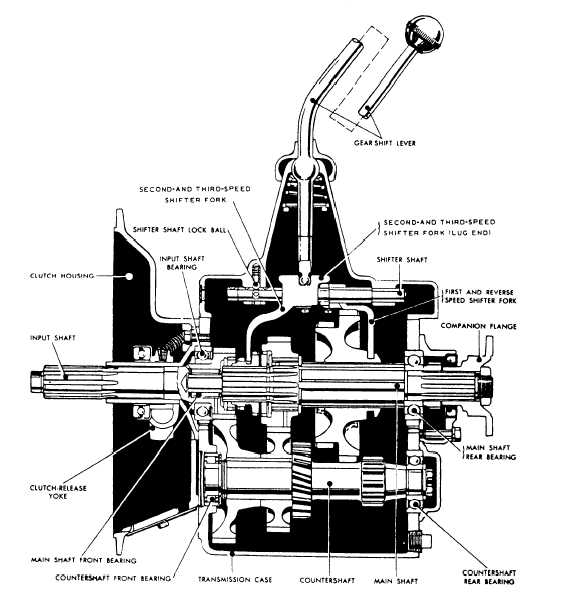Figure 2-2.—Typical manual shift transmission.
the clutch driving
Clutches transmit power from
member to the driven member by friction. In the DISC
CLUTCH (fig. 2-3), the driving plate secured to the
engine flywheel gradually contacts the driven member
(disc) attached to the transmission input shaft. The
contact is made and held by strong spring pressure
controlled by the operator with the clutch pedal
(fig. 2-4). With only light spring pressure, there is little
friction between the two members, and the clutch can
slip; therefore, do not use the clutch pedal as a footrest.
As the spring pressure increases, friction also increases,
and less slippage occurs. When the operator’s foot is
removed from the clutch pedal and the full spring
pressure is applied the speed of the driving plate and
driven disc is the same and all slipping stops. The
2-2
flywheel and the transmission input shaft are then
connected.
Improper adjustment can damage or ruin a clutch.
Figure 2-5 shows the proper free travel and linkage.
Several clutch troubles may occur during vehicle
operation that should be documented and turned in
before too much damage occurs. These troubles include
incorrect free travel, slipping, chattering, or grabbing
when engaging; spinning or dragging when engaged;
and clutch noises.
MANUAL TRANSMISSION
The transmission is located at the rear of the engine
between the clutch housing and the propeller shaft. The

